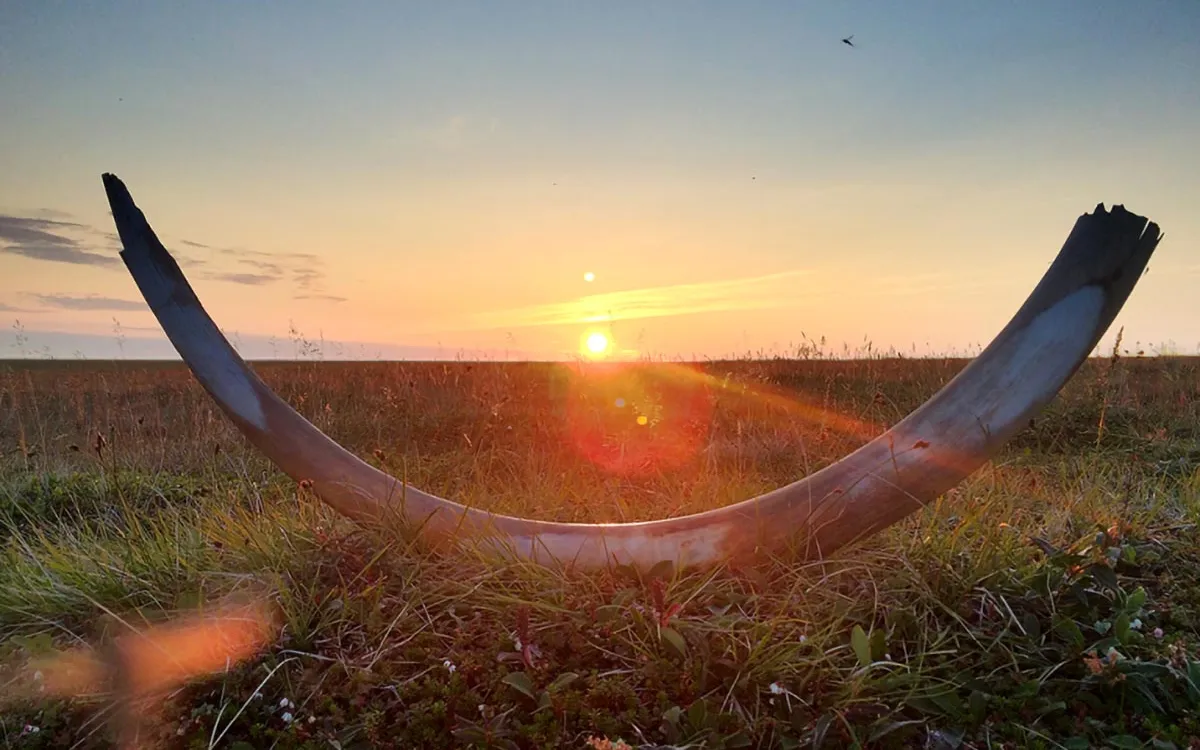
A groundbreaking genomic study has unveiled a previously unknown genetic diversity in mammoth lineages that spans over a million years, providing fresh perspectives on their evolutionary history. By meticulously tracking mammoth evolution using mitogenomes, researchers have identified significant shifts in genetic diversity and lineage that correlate with key demographic events during the Pleistocene epoch. This remarkable research was published in the prestigious journal Molecular Biology and Evolution.
Researchers successfully extracted and analyzed 34 new mitochondrial genomes from mammoth specimens, including 11 from the Early and Middle Pleistocene periods. These specimens range in age from 1.3 million to 125,000 years old. “Our analyses provide an unprecedented glimpse into how major deep-time demographic events might have shaped the genetic diversity of mammoths through time,” stated Dr. J. Camilo Chacón-Duque, a researcher at the Department of Zoology, Stockholm University, and the study’s lead author.
Most of today’s biodiversity evolved during the last 2.5 million years, making it crucial to understand the evolutionary processes that shaped this diversity. Until now, retrieving DNA samples older than 100,000 years has been a formidable challenge due to preservation issues. This study highlights the importance of temporal sampling in characterizing the evolutionary history of species by demonstrating the successful recovery of mammoth DNA spanning over a million years.
By analyzing these new mitogenomes alongside over 200 previously published mammoth mitogenomes, the research team discovered that diversification events among mammoth lineages coincide with well-documented demographic changes during the Early and Middle Pleistocene. The findings support the hypothesis of an ancient Siberian origin for major mammoth lineages, revealing how shifts in population dynamics may have contributed to the expansion and contraction of distinct genetic clades.
“With the ever-decreasing costs of sequencing technologies, mitogenomes have been somewhat overlooked. However, our study demonstrates that they remain crucial for evolutionary biology since they are more abundant than nuclear DNA,” remarked Dr. Jessica A. Thomas Thorpe, a researcher at the Wellcome Sanger Genome Institute (UK) and co-first author of the study.
This study not only enhances our understanding of mammoth evolution but also contributes significantly to the broader field of ancient DNA research. The team developed an advanced molecular clock dating framework that refines how genetic data can be utilized to estimate the ages of specimens beyond the limits of radiocarbon dating. This methodological advancement offers a robust tool for future research on both extinct and endangered species.
“These results build upon our earlier work where we reported million-year-old genomes for the first time. I’m thrilled that we now have genetic data from many more mammoth specimens sampled across the last million years, which aids in understanding how mammoth diversity has transformed over time,” stated senior author Professor Love Dalén at Stockholm University and the Centre for Paleogenetics.
The study comprises 34 newly sequenced mammoth mitogenomes, with 11 dating back over 100,000 years, significantly increasing the number of mammoth DNA samples beyond this time frame and pushing the boundaries of ancient DNA research. Notably, the team identified the oldest known mammoth DNA in North America, from a specimen discovered in the Old Crow River, Yukon Territory, Canada, which dates to more than 200,000 years ago.
The findings confirm earlier research indicating that mammoths from around a million years ago do not closely resemble their later relatives. Additionally, the study refines DNA-based methods for estimating the ages of ancient specimens, paving the way for more accurate reconstructions of evolutionary histories. By merging cutting-edge molecular techniques with computational advancements, this research underscores the vital role of deep-time DNA in uncovering the genetic past of extinct species.
Future studies may adopt these methodologies for other long-extinct or endangered species, thereby enriching our understanding of evolutionary biology and the intricate tapestry of life on Earth.